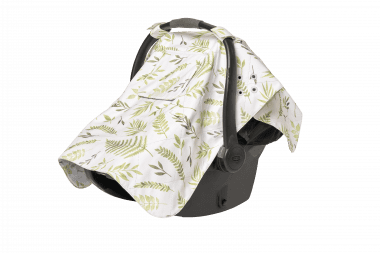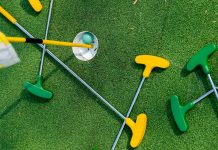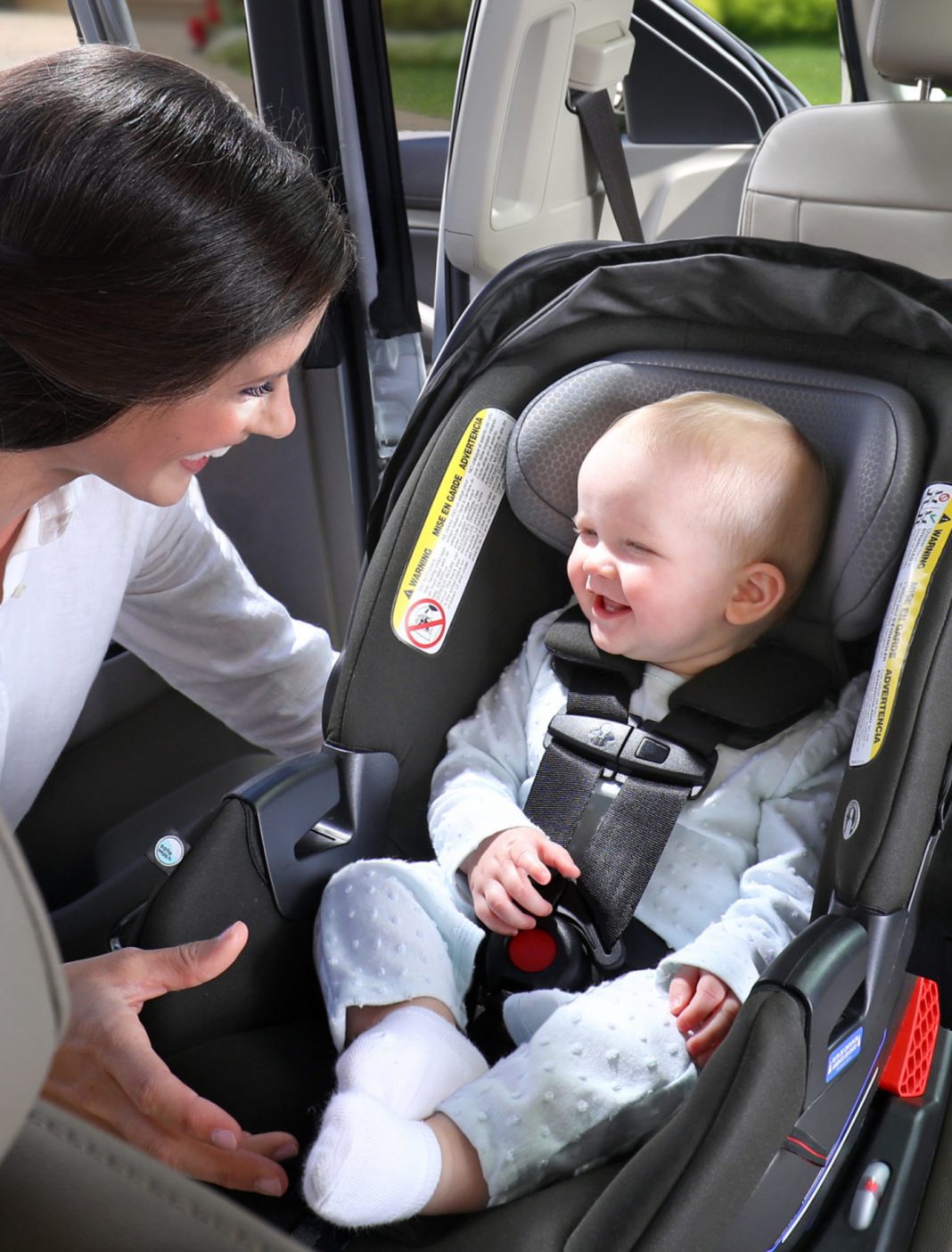You’ll probably agree that choosing and installing a car seat can be both daunting and challenging, especially if this is your first time doing so. There are so many little details involved that parents need to keep in mind to ensure that their little one is safe and secure the back seat. No need to feel overwhelmed, we’ve got you covered. With this quick but informative guide, finding the most suitable car seat for your baby and setting it up properly in your car will be straightforward and simple.
Car Seat Installation
Being that there are so many different car seat types out in the market, it can be challenging finding the car seat that is right for you. Let’s start with infant car seat – these are made to be used from birth through about 30lbs. or 32” tall (check each car seat specifically for the weight and height limitations) or usually up to 1 year. Many parents choose this type of car seat in the beginning, so as not to disturb a sleeping baby by bringing them in/out of the house. The next stage car seat is a convertible car seat. Many of these car seats are made to be used from birth up until your child graduates from car seats altogether. These car seats can initially be installed rear facing and then transition to forward facing. These will last for a good number of years for your child. The next seat is a booster seat, which can be a harnessed booster or standard seatbelt. There are different levels for booster seats, but the main purpose of these safety restraints is for children who are only forward facing. Many booster seats are designed to be lightweight, so they are easy to move from one to another very easily.
So now that you’ve picked out your car seat, what’s next?
The first thing you need to do is figure out the best way to install the car seat into a car. It is important to read the user manual to ensure seat can be positioned where you like. Next, check to see if you will be able to use the lower anchors or if you will have to use the seatbelt. Even though it may seem super safe to use both, you can only install your car seat using one installation method. It is either latches or seatbelt. Most car seats these days are made to install in your car properly on their own, refrain from using additional items, such as a pool noodle or towels as they will make your car seat installation unsafe.
What if you’re offered a used car seat or you have an older seat from a sibling?
As long as the car seat has not expired and has not been in any car accidents, you can keep your car seat from one child to the next. Though, taking a car seat from another family is not recommended unless you know for certain the car seat has not been in an accident or damaged in any way.
When can a child be switched from rear facing to front facing?
We are still learning more and more each year regarding child and car seat safety. Years ago it was considered standard to switch to forward facing at age 2, now we know that 2 is the absolute minimum age to do so. It is now best practice to keep a child rear facing for as long as they meet the weight/height limits of their rear facing car seats.

Now that we’ve gotten the facts straight about car seats and installation and learned some important car seat safety pointers along the way, finding, using, and installing your baby’s car seat really shouldn’t be too difficult! And when it’s time to hit the road, you’ll know that your little one is ready (and safe!) for the ride.
________________________________________________________________________
Thank you Molly Auerbach, CPST Certified Baby Gear Expert with PishPosh Baby for this incredible resource for families!
PishPosh Baby is a one-stop-shop destination for the hottest baby gear & products. With some of the top and best baby gear on the market, PishPosh Baby creates a full service shopping experience for expecting parents. The PishPosh Baby team personally connects with each customer to build a relationship and provides them with the clarity, confidence, and comfort they need to purchase their baby gear. The website also has various resources for new and expecting parents to help make their journey to parenthood easier.





















